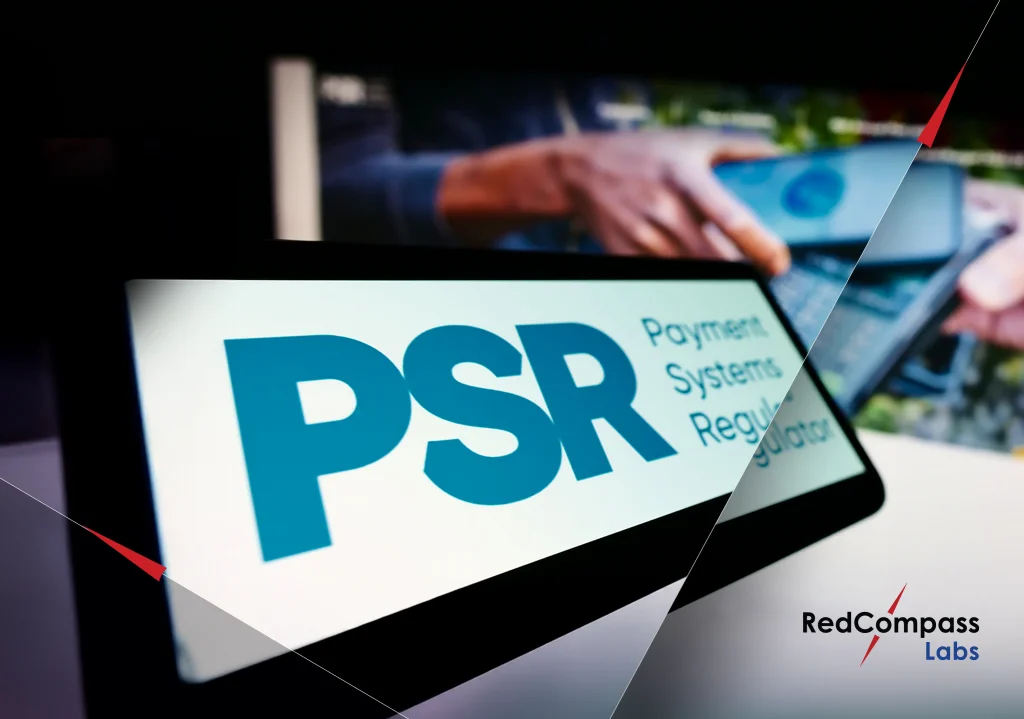Imagine paying for a meal, coffee or any other service with a wave of your hand. Sounds odd? Impossible? Like a scene from a futuristic movie? It is actually a reality today because of Walletmor, a Polish-British paytech start-up. Walletmor’s experts have created the world’s first entirely safe implant that allows contactless payments anytime, anywhere.
Small and safe device
The Walletmor payment implant is a small device, no bigger than a paper clip and about half a millimeter thick, consisting of an integrated circuit and a metal sheath acting as an antenna. The outer layer is made of biopolymer, which protects the chip and antenna from damage. The biopolymer was created by VivoKey Technologies from Seattle, the largest producer of its kind in digital identity ecosystems. The biopolymer – technically speaking – is the so-called medical plastic used when making medical devices.
According to Wojciech Paprota, creator of Walletmor, the implant has been extensively tested and is now certified to bio-compatibility standards. There’s no need to worry about its safety during delivery either. As the company states on its website: “The implant is shipped in a sealed pouch filled with chlorhexidine gluconate – a standard antiseptic solution used in hospitals for surgical procedures. The implant is considered “clinically clean” when opened and removed from the pouch at the time of installation.”
The technology behind it
Walletmor’s payment implants use the same NFC technology (short-range near-field communication) used, among other things, when paying with VISA or Mastercard. The implant has neither a battery nor an internal power source. It does not transmit radio waves that could be intercepted. The NFC reader device (like a payment terminal) creates a small magnetic field that the NFC implant inducts power from and communicates with when it is brought close enough to do so. The NFC technology used in the implant initiates the transaction only when it is approached by a very short distance to the payment terminal. Close contact with the device guarantees security and eliminates the risk of unwanted readers reading the data.
Financial services linked to the implants
At the moment, the company lacks financial institution status and doesn’t provide any financial services. However, Walletmor is still developing its digital infrastructure, which will enable its customers to open and store funds directly on its platform. Unfortunately, you cannot link the implant with your existing bank account. To start using the implant, you need to set up an account with one of the following service providers: iCard in the European Union, PureWrist in the United States and MuchBetter in the United Kingdom.* Walletmor customers can use the apps from these payment service providers to control their implant, recharge their wallet, create payment limits and so on. There are a few currencies to choose from at present: EUR, USD, GBP, CHF, HRK, BGN and RON.
Also, if you’re wondering if there is an additional charge for each transaction made with the implant, the answer is no. When it comes to the implant’s security measures, it’s the same as standard payment cards. If you are making transactions up to the standard limit in your country, you will need to authorise the transaction with your PIN code.
*At the time of writing, it was reported that Walletmor does not work in the UK and is not shipped to the UK anymore. No official information on this matter has been found so far.
How to get Walletmor implant?
If you decide you want to make payments with your hand, the process can be executed in just five steps.
Step 1 : Buy the Walletmor payment implant on the company website, which is priced at €249.00.
Step 2: Set up a personal iCard/MuchBetter/PureWrist account (depending on where you are).
Step 3: Activate the implant.
Step 4: Add funds to your personal account.
Step 5: Arrange the installation with a specialist.
The implant procedure may be performed by a doctor or professional cosmetic surgeon. The list of recommended professionals is available on the company’s website. Currently, there are 52 recommended Walletmor professional implant installers in 25 countries across EU; they include traditional hospitals, clinics and aesthetic medicine laboratories.
For those of us who aren’t fans of medical procedures, Walletmor offers the following advice: “[The] Walletmor implant is minimally invasive. It does not require anesthesia, however, we recommend the professional performing the injection to use topical anesthetic ointment, or if legally allowed to do so, local anesthesia to minimize pain. A special piercing needle is used to create an incision and space under the skin for the implant to rest. After the procedure, the professional performing the installation may optionally place one or two sutures (stitches)to close the wound, or a butterfly bandage would also be acceptable. A larger bandage is then placed over the incision site. The whole procedure takes about 15 minutes.”
It doesn’t sound so scary, does it? However, this idea begs the question: “How much are we willing to pay, literally and figuratively, for the sake of convenience?” In addition, “Where is the thin line beyond which our privacy and security are at risk?”
Even if it all sounds quick and easy, there is much more to think about while considering getting one of these implanted payment chips.
In the next article we will focus on the possible pros and cons of having this device under your skin, and explore the threats and risks that potentially come with this innovative payment technology.
Share this post
Written by
RedCompass Labs
Resources






